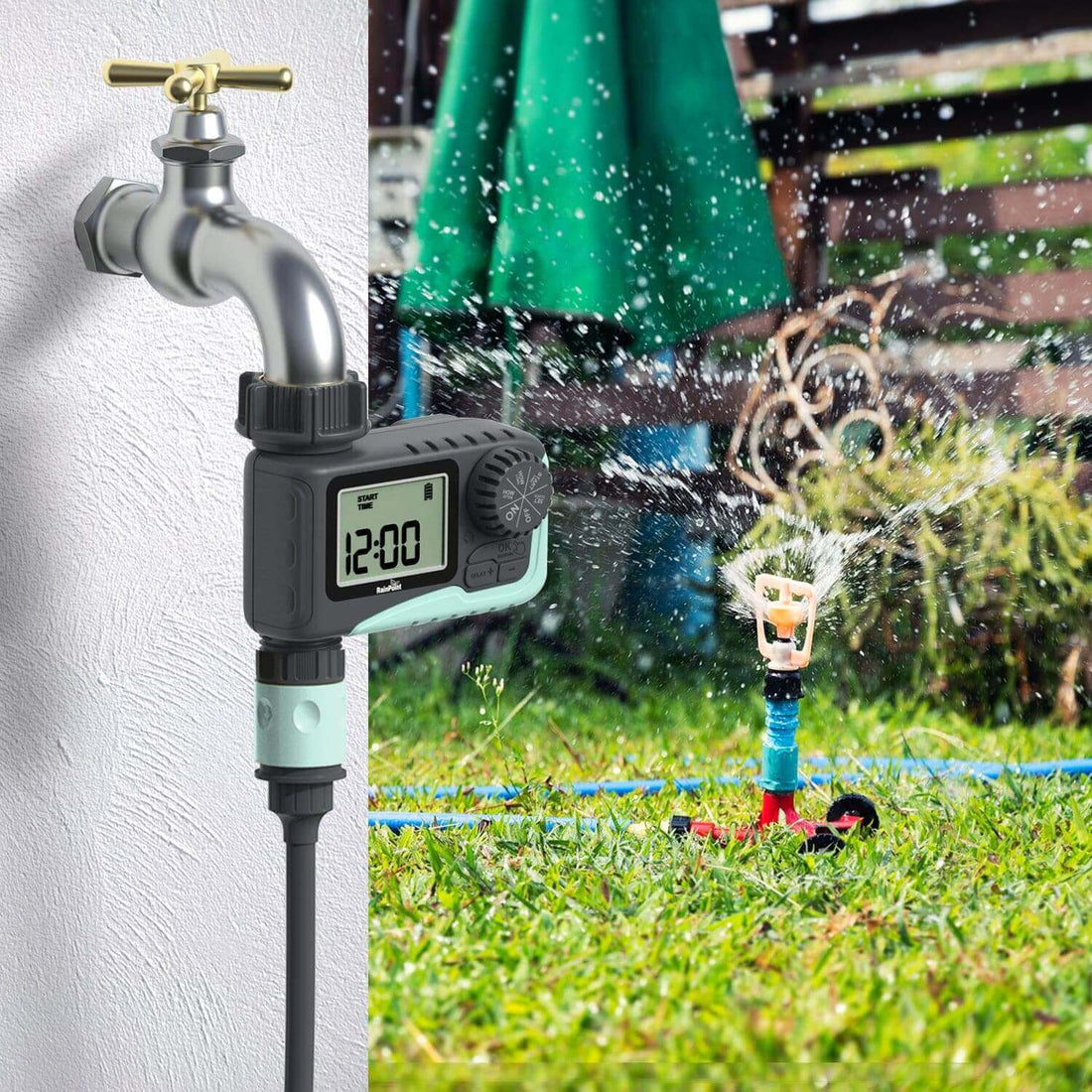Maximizing Savings: The Art of Finding the Best Sale Deals
Maximizing Savings: The Art of Finding the Best Sale Deals
Blog Article

In the world of shopping, the word "sale" is often a siren call, promising significant discounts and enticing bargains. Whether you're a savvy shopper or a casual buyer, understanding how to navigate sales effectively can make a huge difference in your shopping experience. Here’s a guide to help you get the most out of sales and save more money.
Understanding Sales
A sale is a temporary reduction in the price of goods or services. Sales can occur for various reasons, including seasonal changes, clearance of old inventory, or promotional events. Retailers often use sales to attract customers, clear out merchandise, and boost sales figures. There are different types of sales, such as flash sales, end-of-season sales, and buy-one-get-one-free offers, each with its own set of strategies for maximizing savings.
Timing is Key
Timing plays a crucial role in finding the best deals during a sale. To get the most value, keep an eye on sale calendars and be aware of the typical sale periods for different types of products. For example, clothing retailers often have major sales at the end of each season, while electronics might see discounts during Black Friday or Cyber Monday. Signing up for newsletters and following your favorite brands on social media can also alert you to upcoming sales and exclusive offers.
Do Your Research
Before diving into a sale, research the products you’re interested in. Compare prices across different retailers to ensure you’re getting the best deal. Websites and apps that track price history can help you determine whether the sale price is genuinely lower than the average price. Additionally, reading customer reviews can give you insights into the quality and value of the product, helping you make informed decisions.
Create a Shopping List
Having a shopping list can help you stay focused during a sale and avoid impulse purchases. Prioritize items you genuinely need or have been planning to buy. This approach ensures that your savings are spent on worthwhile items rather than temporary temptations. Also, set a budget for your shopping spree to prevent overspending.
Check for Extra Discounts
Many retailers offer additional discounts or coupons on top of sale prices. Look for promo codes, loyalty rewards, or cash-back offers that can further reduce the cost of your purchases. Some stores also provide special discounts for first-time buyers or for those who sign up for their mailing list.
Consider the Return Policy
Before finalizing your purchase, review the return policy of the retailer. Sale items might have different return terms compared to regular-priced merchandise. Knowing the return policy can help you avoid complications if you need to return or exchange a product.
Shop Online and In-Store
Both online and in-store shopping have their advantages during sales. Online shopping provides the convenience of comparing prices and accessing a broader range of products, while in-store shopping allows you to see and test products firsthand. Many retailers offer online-exclusive deals and in-store-only promotions, so consider checking both channels to maximize your savings.
Stay Informed About Sales Tax
Sales tax can significantly impact the final price of your purchase. Some sales might be exempt from tax or have reduced tax rates, depending on your location and the type of product. Be aware of your local sales tax regulations to accurately calculate the total cost of your purchases.
In Conclusion
Sales offer a fantastic opportunity to save money on a wide range of products. By staying informed, doing your research, and planning your purchases strategically, you can make the most of sales and achieve significant savings. Remember, the key to a successful sale shopping experience lies in preparation and discipline. Happy shopping!